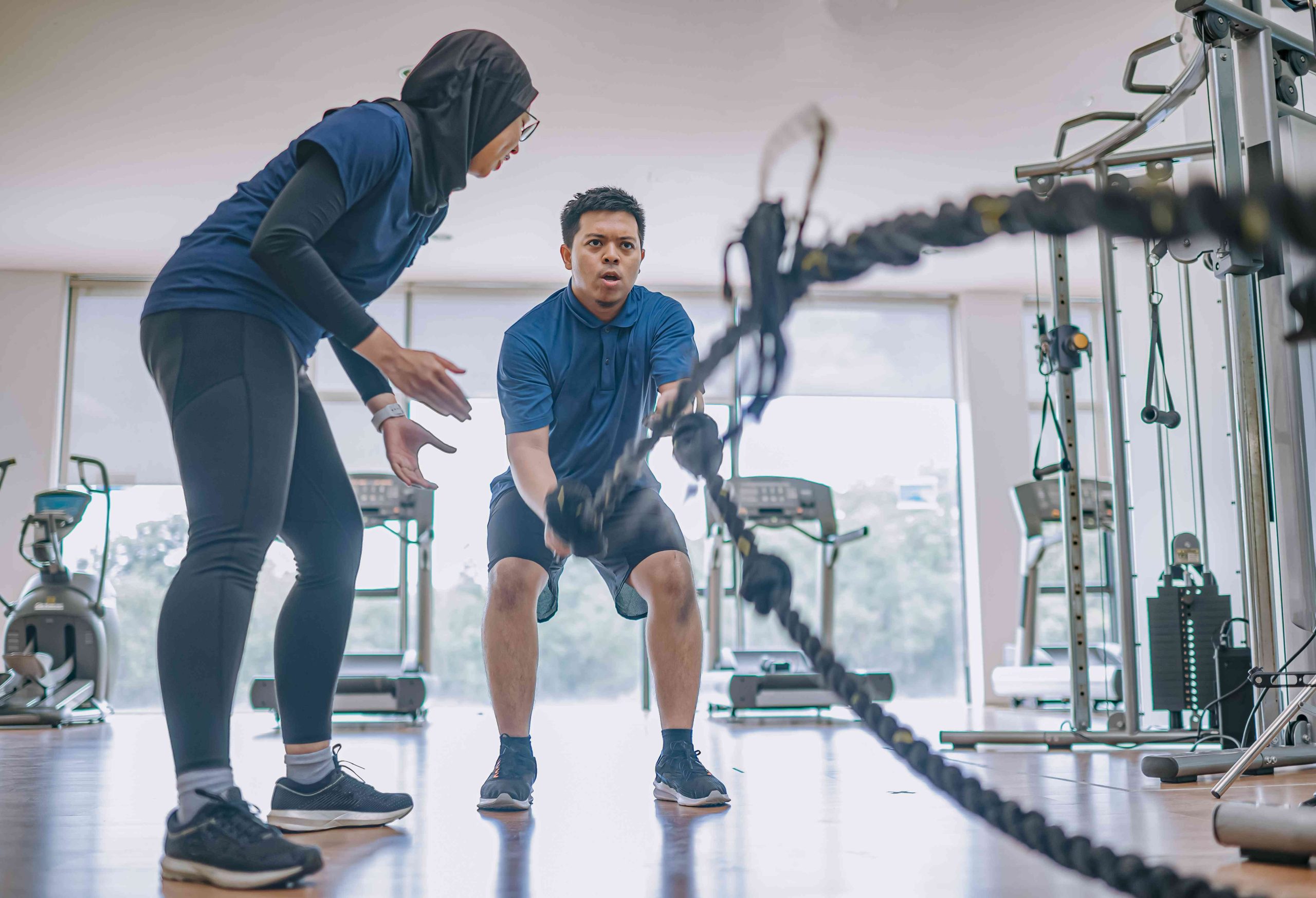Introduction
In a world that champions diversity and inclusivity, ensuring that every individual has access to fitness opportunities is crucial. Inclusive fitness breaks down barriers and provides a welcoming environment for people of all abilities, enabling them to engage in physical activities and improve their overall well-being. In this blog, we’ll explore the significance of inclusive fitness, its impact, and how it plays a vital role in creating a healthier and more equal society.
The Importance of Inclusive Fitness
1. Physical and Mental Health Benefits
Inclusive fitness encompasses a wide range of activities that cater to different abilities, making it possible for everyone to find a suitable form of exercise. Engaging in regular physical activity offers numerous health benefits, including improved cardiovascular health, increased strength and flexibility, enhanced mental well-being, and reduced risk of chronic diseases.
2. Fostering a Sense of Community and Belonging
Creating an inclusive fitness environment fosters a sense of community and belonging. When individuals feel welcome and supported in their fitness journey, they are more likely to commit to regular exercise. This sense of belonging can significantly impact motivation, adherence to workout routines, and overall satisfaction with one’s fitness experience.
3. Promoting Diversity and Equality
Inclusive fitness promotes diversity and equality by breaking down the barriers that prevent certain groups from engaging in physical activities. This inclusivity ensures that people of all ages, backgrounds, abilities, and body types have equal access to exercise facilities, classes, and programs.
Strategies to Achieve Inclusive Fitness
1. Accessible Facilities and Equipment
Fitness facilities should be designed with accessibility in mind, ensuring that they are easily navigable for individuals with mobility challenges. This includes ramps, elevators, accessible parking spaces, and appropriate signage. Furthermore, providing adaptive equipment that accommodates various abilities is crucial.
2. Diverse Fitness Programs
Offer a diverse range of fitness programs that cater to different abilities and preferences. These may include seated exercises, low-impact workouts, chair yoga, adaptive sports, and mindfulness classes. Tailoring programs to specific needs ensures that everyone can participate and benefit from physical activities.
3. Inclusive Language and Communication
Utilize inclusive language and communication in marketing materials, class descriptions, and instructions. This fosters an environment where everyone feels welcome, regardless of their abilities or background.
Overcoming Challenges
1. Education and Awareness
Raising awareness about the importance of inclusive fitness is critical. Many individuals may not be aware of the available options or may hesitate to participate due to misconceptions. Educating the public about the benefits and opportunities is key to overcoming these challenges.
2. Collaboration and Advocacy
Collaboration among fitness professionals, community organizations, and advocacy groups can drive change. Working together to identify barriers and develop strategies to eliminate them will help create a more inclusive fitness landscape.
Conclusion
Inclusive fitness is a powerful tool that contributes to building a healthier and more equitable society. By removing barriers and making exercise accessible for all, we can ensure that everyone, regardless of their abilities or circumstances, can enjoy the benefits of an active lifestyle. Let us strive for a world where inclusive fitness is the norm, enabling everyone to lead a fulfilling and healthy life.
For more such creative blogs stay with boardofjobs.com


